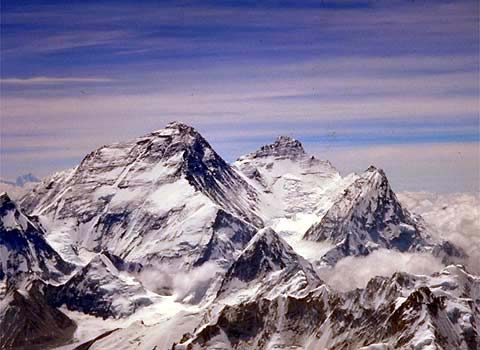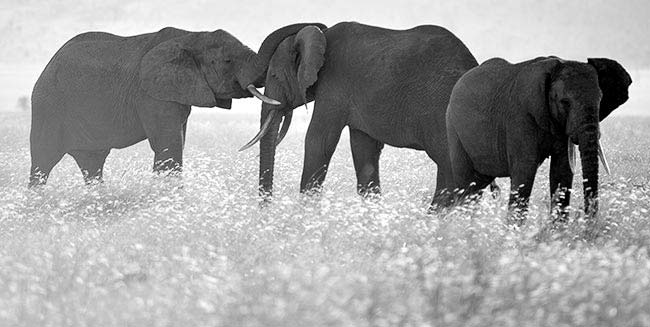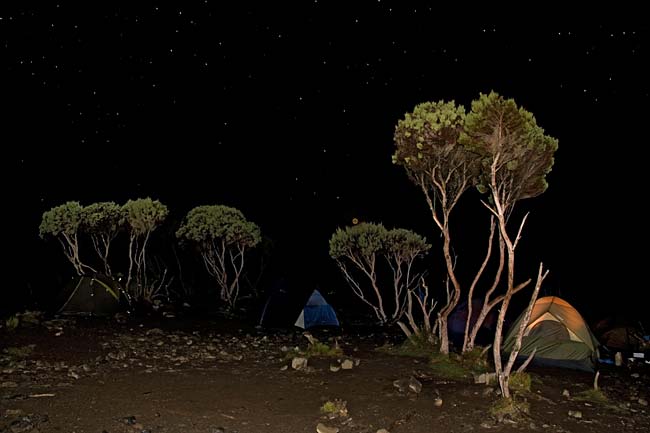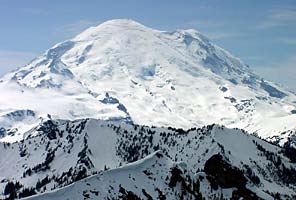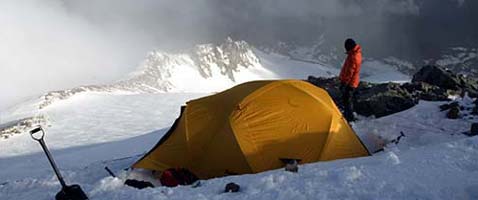September 30, 2009
IMG Guide John Colver just called in from Machame camp at 10,000 ft. on the side of Kilimanjaro. The group has now completed their first full day of the climb. About 4000 vertical feet were covered in less than 6 hours. Everyone’s well, ready for dinner and a good sleep. The one lost piece of luggage arrived as schedule so the group got off without a hitch.
More to follow as additional reports are received.Â
Phil Ershler

